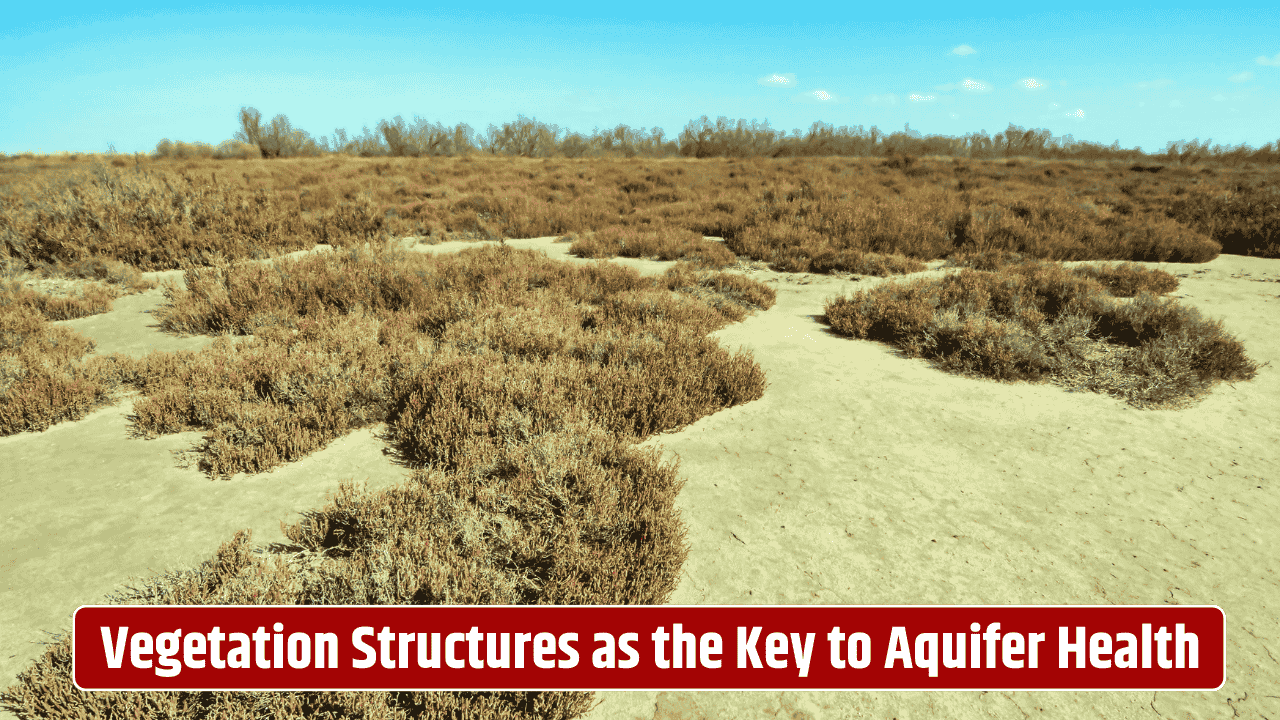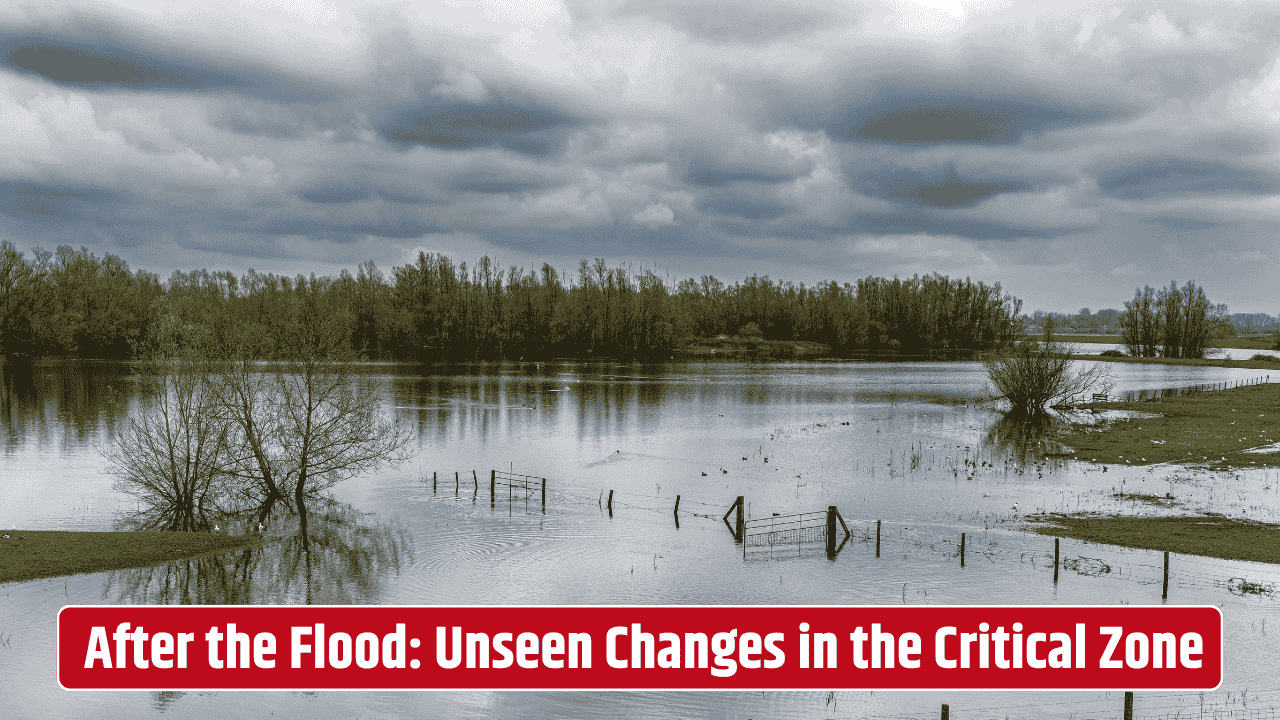You ever notice how a walk through a dense forest feels cooler, damper, almost like the air itself is holding on to water? That’s not just your imagination—it’s vegetation at work, quietly engineering the way water moves beneath our feet. While we often think of trees, shrubs, and grasses as surface dwellers, their roots are master architects of the underground world. They shape how rain seeps into soil, how groundwater is stored, and ultimately, how we humans end up with drinking water in our taps. The science of “vegetation structure” and “groundwater recharge” is a lot more intertwined than most people realize.
Table of Contents
The Secret Pathways of Roots
Roots aren’t just straws sucking up water; they’re also channels, cracks, and pores in the soil that let rainwater percolate downward. Deep-rooted vegetation, like oaks or eucalyptus, can punch through compacted layers of earth, creating pathways for water to slip into deeper aquifers. Shallow-rooted grasses, on the other hand, keep the topsoil loose and porous, allowing infiltration but often holding water closer to the surface.
Interestingly, studies from the U.S. Geological Survey (USGS) show that areas with mixed vegetation types tend to recharge aquifers more efficiently because different plants work at different soil depths USGS. It’s like having a multi-level drainage system built naturally by roots.
Vegetation Density and Water Balance
The density of vegetation also matters. A dense canopy intercepts rainfall—some of it evaporates before hitting the soil, but the rest drips slowly, reducing flood-like runoff. On the flip side, very dense vegetation can also “overuse” groundwater through transpiration, pulling water upward faster than it seeps downward.
This balance is critical in semi-arid regions, where planting too many thirsty trees might actually deplete groundwater rather than recharge it. That’s why water managers in states like California and Texas weigh vegetation patterns when designing groundwater sustainability plans, guided by resources like the California Department of Water Resources.
Forests, Grasslands, and Farmlands: A Comparison
Different ecosystems leave distinct signatures on groundwater recharge. Forests are excellent for stabilizing soil and promoting deep infiltration, but they consume a lot of water. Grasslands allow fast infiltration but less deep recharge. Agricultural fields, depending on crop type and irrigation methods, can either enhance recharge or cause serious problems like nitrate contamination.
Here’s a quick snapshot:
| Vegetation Type | Root Depth | Recharge Impact | Key Trade-off |
|---|---|---|---|
| Forests | Deep | High infiltration | High water use |
| Grasslands | Shallow | Fast infiltration | Limited depth recharge |
| Farmlands | Variable | Can enhance (irrigation) | Risk of pollution |
| Shrublands | Moderate | Balanced recharge | Vulnerable in drought |
Climate Change Twist
With rising temperatures and shifting rainfall patterns, vegetation-groundwater dynamics are being reshuffled. Longer dry spells make plants push roots deeper, sometimes mining groundwater reserves without giving much back. On the flip side, intense downpours in deforested or paved landscapes often run off instead of soaking in. That’s why the United Nations has emphasized land-based solutions—like restoring native vegetation and managing root-zone depth—to safeguard groundwater in its World Water Development Report.
Why This Matters for People and Policy
This isn’t just an environmental curiosity—it’s a financial and social issue. Cities dependent on groundwater (think Phoenix, Las Vegas, parts of India) are staring at long-term water insecurity if recharge doesn’t keep pace with withdrawals. Farmers investing in certain crops unknowingly influence aquifer health for entire regions. And governments, from the U.S. Environmental Protection Agency to state water boards, are increasingly factoring in vegetation management as part of water budgeting.
In short: the health of our aquifers might be decided as much by what grows above ground as by what flows beneath it.
FAQs
Can planting more trees always improve groundwater recharge?
Not necessarily. In water-scarce regions, some tree species can consume more groundwater than they help replenish.
Which vegetation type is best for groundwater recharge?
Mixed vegetation with both deep and shallow roots often provides the best balance.
How does agriculture affect groundwater recharge?
It can increase recharge through irrigation, but fertilizers and pesticides risk contaminating aquifers.
Do cities consider vegetation in groundwater planning?
Yes. Many urban planners now incorporate green spaces and native plant restoration for sustainable recharge.
How does climate change affect vegetation’s role in recharge?
More extreme rainfall and longer droughts can disrupt natural recharge cycles, making vegetation management even more crucial.










